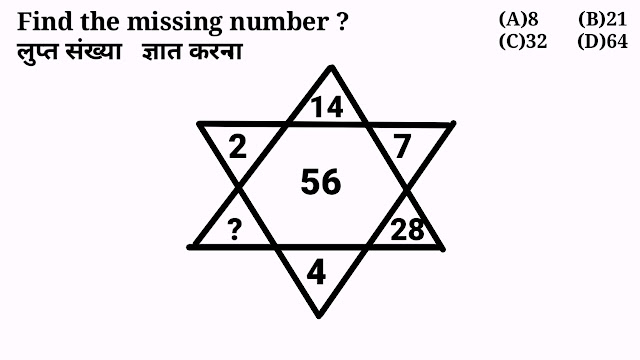Ten Tricky logical reasoning questions+answers , Latest reasoning questions with answers
Ten latest and Tricky logical reasoning questions+answers are discussed in this post . These questions of reasoning in latest reasoning questions with answers are very very important for upcomig competitive exams like Bank PO , SSC CGL etc . So let us start solving and understanding these Maths logical reasoning questions with answers.
Problem #1
Problem #2
Problem #3
Problem #4

Problem #5
Problem #6
Problem #7
2 .Box and circle reasoning
3 . Reasoning for bank exams
4. Ten Tricky logical reasoning
5. Missing number series questions
6. Reasoning questions with answers
7. Circle Reasoning
8. Box Problems
9. 15 Questions Circle Problems
10. SSC CGL Reasoning




































